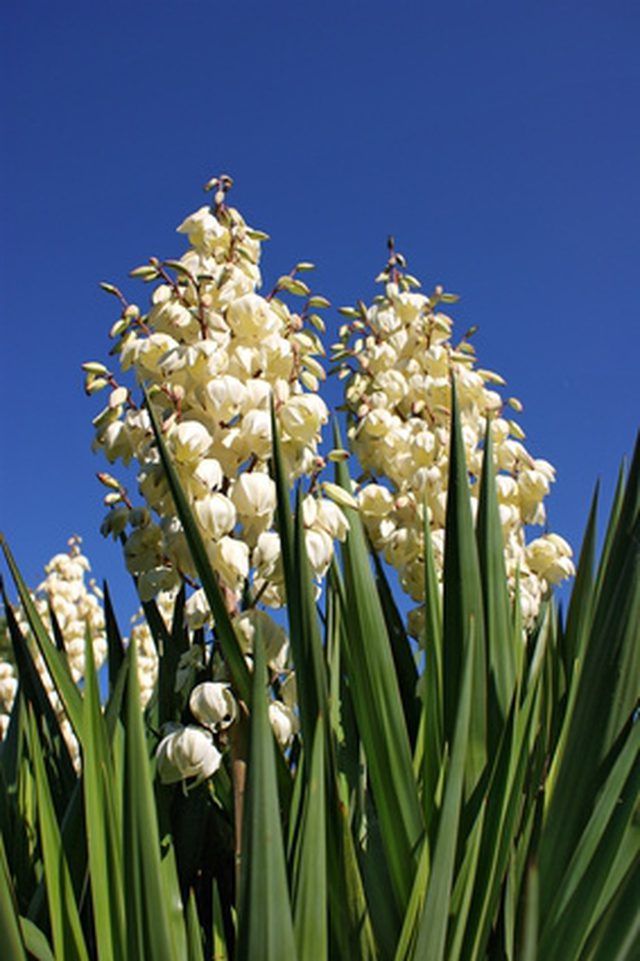Bulbs
Flower Basics
Flower Beds & Specialty Gardens
Flower Garden
Garden Furniture
Garden Gnomes
Garden Seeds
Garden Sheds
Garden Statues
Garden Tools & Supplies
Gardening Basics
Green & Organic
Groundcovers & Vines
Growing Annuals
Growing Basil
Growing Beans
Growing Berries
Growing Blueberries
Growing Cactus
Growing Corn
Growing Cotton
Growing Edibles
Growing Flowers
Growing Garlic
Growing Grapes
Growing Grass
Growing Herbs
Growing Jasmine
Growing Mint
Growing Mushrooms
Orchids
Growing Peanuts
Growing Perennials
Growing Plants
Growing Rosemary
Growing Roses
Growing Strawberries
Growing Sunflowers
Growing Thyme
Growing Tomatoes
Growing Tulips
Growing Vegetables
Herb Basics
Herb Garden
Indoor Growing
Landscaping Basics
Landscaping Patios
Landscaping Plants
Landscaping Shrubs
Landscaping Trees
Landscaping Walks & Pathways
Lawn Basics
Lawn Maintenance
Lawn Mowers
Lawn Ornaments
Lawn Planting
Lawn Tools
Outdoor Growing
Overall Landscape Planning
Pests, Weeds & Problems
Plant Basics
Rock Garden
Rose Garden
Shrubs
Soil
Specialty Gardens
Trees
Vegetable Garden
Yard Maintenance
How to Care for My Outdoor Yucca Plant
How to Care for My Outdoor Yucca Plant. The yucca plant--scientifically known as Yucca aloifolia, and also called Spanish dagger plant and the aloe yucca--is a spiky-leaved perennial shrub native to the Southwestern United States. A member of the agave family, yucca features sharp, evergreen leaves that can reach over 2 feet long, and tall spikes...

The yucca plant--scientifically known as Yucca aloifolia, and also called Spanish dagger plant and the aloe yucca--is a spiky-leaved perennial shrub native to the Southwestern United States. A member of the agave family, yucca features sharp, evergreen leaves that can reach over 2 feet long, and tall spikes of pure white flowers in the summer. Tolerant of salt, heat, wind and drought, the yucca makes a dramatic accent planting in coastal areas. The aloe yucca plant grows with little difficulty outdoors in warm-climate coastal areas; if you live in a zone where the temperature drops below freezing, you should grow your yucca in a container and bring it inside during harsh weather. With some basic care, your aloe yucca will add texture and interest to your landscape for many years.
Things You'll Need
High-nitrogen slow-release fertilizer in a 3-1-2 NPK formulation
Pruning shears
Insecticidal soap (optional)
Spray mister (optional)
Select a site for your yucca in full or partial sun with very well-drained alkaline, acidic, sandy or loamy soil with a pH of 5 to 8.5. Make sure the site is located in a place where the yucca's spines won't endanger passersby; yuccas can cause puncture wounds even through clothes and are often planted beneath windows to discourage trespassers. Avoid planting your yucca close to sidewalks, patios or areas where children or pets might play. If you are planting more than one yucca, space them 4 to 5 feet apart; they can grow to be 3 feet across.
Water your yucca sparingly--every two weeks--in the summer, and check the root zone down to 2 to 3 inches first; if the soil is even slightly damp, do not irrigate. Stop watering your yucca when night time temperatures drop below 60 degrees. According to the University of Arizona Cooperative Extension, most yuccas and other succulents can survive on natural rainfall through late fall, winter and spring.
Fertilize your yucca once a year in the spring with a high-nitrogen slow-release fertilizer in a 3-1-2 NPK formulation.
Prune your yucca plant in the spring for dead, hanging leaves. Cut flower stalks down to the ground after flowers have stopped blooming and started to die--this can be done without harm to the plant at any time of year.
Watch your yucca plant or signs of anthracnose of agaves, a fungal disease that causes lesions on leaves and red to orange spore masses. Remove affected leaves at first sign of infection.
Check your yucca plant often for signs of spotted mites, which leave tell-tale gray webs under leaves, as well as tan or gray speckling on the plant. Spray the yucca plant with insecticidal soap to control the mites; you can also discourage them by misting your yucca plant frequently.
Tips & Warnings
To avoid injury from dagger-like spines, always wear thick gloves and heavy protective clothing when working around your yucca plant.